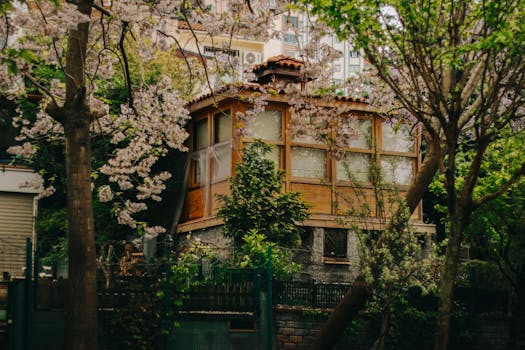
Urban Green Spaces: The Future of Outdoor Living in European Cities by 2025
Urban Green Spaces are becoming increasingly important in European cities, and by 2025, they will play a crucial role in shaping the future of outdoor living. As the world becomes more urbanized, cities are facing numerous challenges, including air pollution, climate change, and mental health issues. Urban green spaces, such as parks, gardens, and green roofs, can help mitigate these problems and provide numerous benefits for residents.
Benefits of Urban Green Spaces
Urban green spaces offer a range of benefits, including improved air quality, reduced noise pollution, and enhanced biodiversity. They also provide opportunities for physical activity, social interaction, and mental relaxation. Moreover, urban green spaces can help to reduce the urban heat island effect, mitigate the effects of climate change, and improve the overall quality of life for residents.
Examples of Urban Green Spaces in European Cities
Many European cities are already investing in urban green spaces, with notable examples including the High Line in London, the Park de la Ciutadella in Barcelona, and the Jardin des Tuileries in Paris. These spaces are not only beautiful and functional but also provide a range of benefits for residents and visitors alike.
The Future of Urban Green Spaces
By 2025, urban green spaces will become even more integral to European cities. With the increasing focus on sustainability and green infrastructure, cities will prioritize the development of urban green spaces that are not only aesthetically pleasing but also environmentally friendly. This may include the use of green roofs, green walls, and urban forestry initiatives.
Challenges and Opportunities
Despite the numerous benefits of urban green spaces, there are also challenges to be addressed. These include issues of accessibility, maintenance, and funding. However, these challenges also present opportunities for innovation and creativity, such as the use of technology to monitor and manage urban green spaces, and the development of new funding models that prioritize community engagement and participation.
Conclusion
In conclusion, urban green spaces are the future of outdoor living in European cities by 2025. As cities continue to urbanize and face numerous challenges, urban green spaces will play a critical role in providing numerous benefits for residents, from improved air quality to enhanced biodiversity. By prioritizing the development of urban green spaces, cities can create a more sustainable, equitable, and livable future for all.






